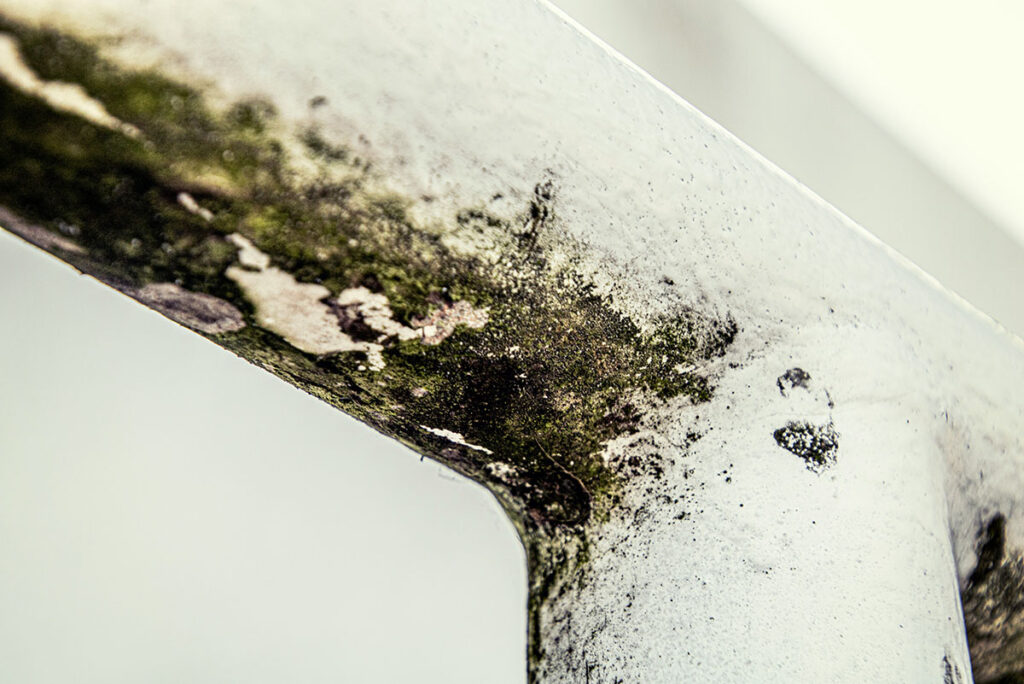ISO 16000-30 DNA-based Detection of Microorganisms in Indoor Air
The ISO 16000-30 standard specifies a DNA-based method for the detection and quantification of microorganisms present in indoor air. This innovative approach leverages quantitative PCR (qPCR) technology to identify specific target sequences within the microbial genome, providing accurate and reliable results that are crucial for assessing the quality of indoor environments.
The procedure involves collecting samples from the environment using a specialized filter or impinger system designed for capturing airborne particles. These collected samples are then processed according to standard protocols to extract DNA, which is subsequently analyzed via qPCR. This method allows for sensitive detection even at low concentrations, making it particularly useful in identifying potential health risks associated with microorganisms.
The primary advantage of using ISO 16000-30 lies in its ability to detect not only the presence but also quantify different types of microorganisms such as bacteria and fungi. By providing quantitative data, this testing method aids decision-makers in understanding the extent of contamination and guiding appropriate mitigation strategies.
For instance, facilities like hospitals, schools, offices, and residential buildings can benefit significantly from regular monitoring using ISO 16000-30. Such establishments often have vulnerable populations or require stringent hygiene standards due to their nature. The results obtained through this testing procedure help ensure that the air quality meets regulatory requirements set forth by relevant bodies.
Additionally, ISO 16000-30 supports research and development efforts aimed at improving indoor air quality technologies. Researchers can rely on consistent and precise data generated from these tests when developing new products or refining existing ones. Furthermore, manufacturers of HVAC systems may use this information to design more effective filtration units capable of removing harmful microorganisms.
It is important to note that while traditional culture-dependent methods provide qualitative insights into microbial populations, they have limitations in terms of sensitivity and speed. Conversely, DNA-based detection offers higher specificity and faster turnaround times, enabling quicker responses to emerging issues within indoor environments.
The implementation of ISO 16000-30 ensures compliance with international standards for indoor air quality assessment, thereby fostering confidence among stakeholders regarding the safety and efficacy of tested products and services. As regulatory requirements continue evolving towards stricter limits on microbial contaminants, laboratories adopting this standard will find themselves at the forefront of meeting these expectations.
In conclusion, ISO 16000-30 represents a significant advancement in the field of indoor air quality testing by offering an efficient means to monitor and manage microorganisms effectively. Its application across various sectors underscores its value as both a regulatory compliance tool and research aid.
Why Choose This Test
- Sensitive detection capabilities even at low concentrations of microorganisms
- Precision in identifying specific types of bacteria and fungi
- Quantitative results that provide valuable insights into contamination levels
- Faster turnaround times compared to traditional culture-dependent methods
- Comprehensive support for regulatory compliance with international standards
- Useful for monitoring indoor air quality in diverse settings including hospitals, schools, and offices
- Aids R&D efforts aimed at enhancing indoor air purification technologies
- Contributes to improved product design for manufacturers of HVAC systems
Quality and Reliability Assurance
The ISO 16000-30 DNA-based detection method adheres strictly to internationally recognized standards, ensuring consistent quality across all tests conducted. Our laboratory employs highly trained technicians who follow stringent protocols throughout every step of the sampling process, from initial collection through final analysis.
Our commitment to accuracy extends beyond just following established guidelines; we also invest in cutting-edge instrumentation and reagents that are regularly calibrated against known reference materials. This ensures our results are not only reliable but also comparable with those produced by other reputable laboratories worldwide.
In addition, we maintain rigorous quality control measures throughout each phase of the testing cycle. From sample preparation to data interpretation, multiple checkpoints are implemented to catch any potential errors early on and rectify them promptly before they affect final outcomes.
By adhering strictly to ISO 16000-30 procedures and maintaining strict adherence to international standards, our laboratory guarantees that every test performed meets the highest level of scientific integrity. This dedication translates into trustworthiness for both clients seeking assurance about their indoor air quality as well as researchers conducting cutting-edge studies.
International Acceptance and Recognition
The ISO 16000-30 DNA-based detection method has gained widespread acceptance among regulatory bodies, health organizations, and industry leaders globally. Its recognition stems from its ability to provide accurate and reliable data that can be used universally across different regions.
Many countries have incorporated this standard into their national regulations for indoor air quality assessment. For example, the U.S. Environmental Protection Agency (EPA) recommends using ISO 16000-30 as part of its guidance on monitoring particulate matter in ambient air. Similarly, European Union directives emphasize the importance of employing DNA-based detection techniques like those specified in ISO 16000-30 when evaluating indoor environments.
Health organizations such as World Health Organization (WHO) also endorse this approach due to its effectiveness in identifying pathogens and other potentially harmful microorganisms. WHO guidelines highlight how ISO 16000-30 supports efforts towards creating healthier living spaces by enabling precise identification of contaminants at all stages of development.
Industry leaders like the American Society for Testing and Materials (ASTM) have recognized the value of DNA-based detection methods, incorporating them into their own standards where appropriate. ASTM recognizes ISO 16000-30 as an essential tool for ensuring consistent performance across various sectors ranging from construction materials to consumer products.
The growing adoption of this standard reflects a broader trend towards more stringent controls over indoor air quality worldwide. As awareness regarding the impact of poor air quality on human health continues to rise, so too does demand for robust testing methodologies that can provide reliable results under diverse conditions.





